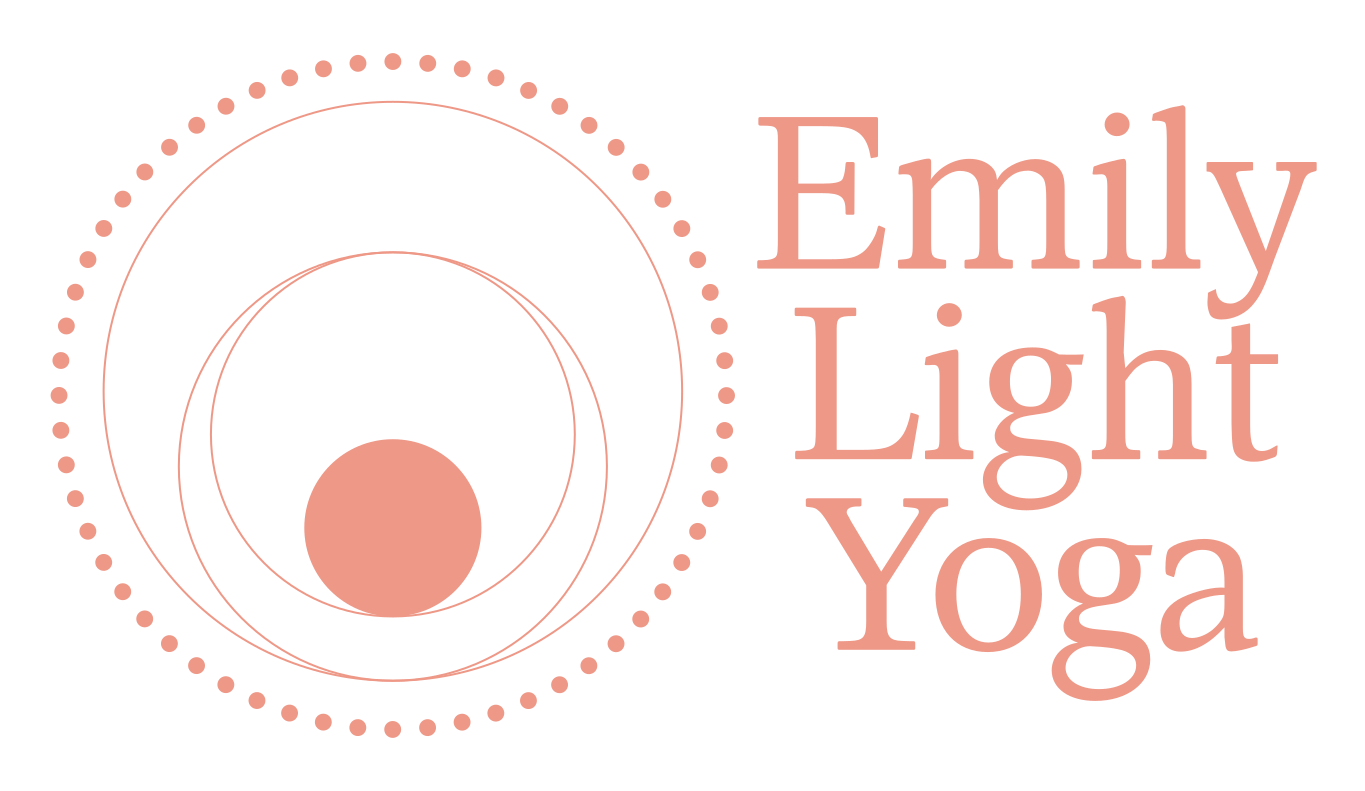Ayurveda - Tools to Cool
The wisdom of Ayurveda can help us to tailor our yoga practice to suit the "energy" of the summer. Ayurveda, as the sister science of yoga, offers guidance to maintain physical and emotional health. It is based on three constitutions, or doshas: vata, pitta and kapha. Each of us has unique mix of all three doshas. While our dosha make-up doesn’t change throughout our lives, there are many factors that influence how our constitution expresses:
Our lifestyle, diet, activity level and exercise
The time of day, season of the year, and season of your life
Each dosha is associated with certain times of the day or night. For example, the pitta times of day are from 10am-2pm, and 10pm-2am. Similarly, the seasons and the shift between them correlate with a dosha. Currently, we are immersed in pitta season, which runs from summer through early fall, in the Northern Hemisphere.
Pitta is a mixture of fire and water, and has the qualities of being hot, light, sharp and penetrating. Fire is the element of transformation, so pitta is related to all the transformative processes in the body. In the physical body, this manifests in digestion, metabolism, and energy production. In the mind, the action of fire determines how we digest our experiences and transform patterns of thought.
When pitta is in balance, there is passion, ambition, determination, strength, compassion, outward sensitivity and adaptability. Pitta dominant folks are natural leaders. When pitta is out of balance, people will have a tendency to be angry, impatient, irritable, and jealous. They will experience not only fiery emotions, but also acne, rosacea, rashes and eczema. There may be an overly acidic digestive tract, resulting in heartburn and diarrhea.
Even those who are not pitta dominant are still influenced by the fire of summer season. Therefore, we should all seek to modify our habits and practice to counteract the hot summer months.
Considerations for
Pitta-pacifying practices:
Cooling, Soothing and Calming Tools
Forward folds, Twists and Side body openers (to disperse accumulated heat in the abdomen)
Deep Diaphragmatic Breath, Pressure Chamber Breath, Chandra Bhedana, Left Nostril Breath, Sitali/Sitkari
Increase Variety
Decrease volume of intensity
During pitta season, or anytime pitta is in excess, it’s recommended to practice in a more relaxed manner and don’t push ourselves too hard. Experiment with working at 80% of your capacity, and take rest when you notice that your nervous system is getting amped-up. Signs that the nervous system is moving into sympathetic mode include labored or strained breathing, tension in the jaw, tongue and muscles around the eyes, and a darting gaze.
Summer is fun! Let’s evolve our practice to help us enjoy all the warm weather activities.
Happy summering to you!

